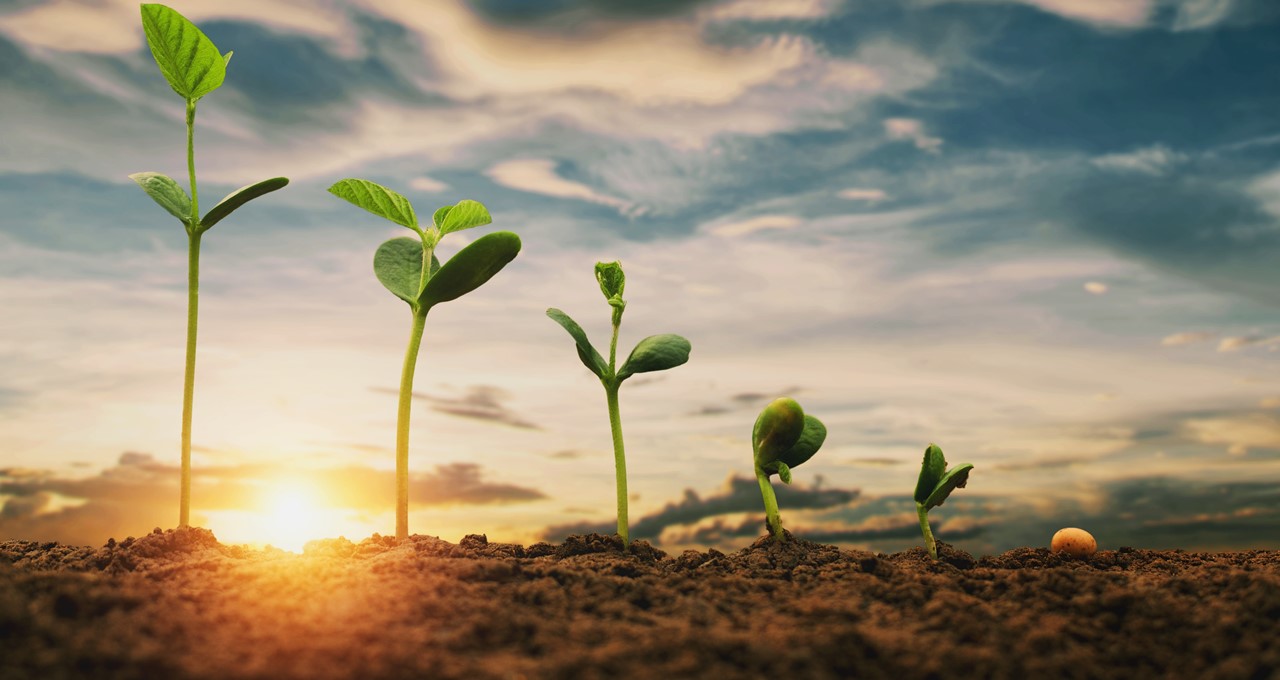From counting cows to detecting weeds to pollinating tomatoes, startups around the world are deploying AI technology to solve problems that farmers have struggled with since the dawn of time.
Tomorrow’s World Food Day comes as startups are mobilized to change how our food is grown — with potentially wide implications for the economy, public health and the climate. And they’re often employing the NVIDIA Jetson edge AI platform and NVIDIA Metropolis intelligent video analytics application framework to do so.
The agri-food industry employs 1 billion people worldwide, more than any other economic sector. However, labor shortages are an increasing problem in many areas. Moreover, the way we produce, consume and waste food exacts a heavy toll on the planet, putting pressure on natural resources and the climate.
The good news is that many innovators and emerging companies are tackling these challenges, including more than 300 startups that are members of NVIDIA Inception. The program, which has more than 8,500 members, is designed to nurture startups in AI, HPC and data science with tools, training and technology expertise that help them to get to market faster.
Here’s a look at a handful of startups that are using NVIDIA technology and AI to change the future of agriculture.
Giving Bees a Break
AI-powered robots are as busy as bees, literally and figuratively. Arugga, an Israel-based startup, has built robots that pollinate tomato plants, a job usually occupied by bumblebees.
Most of the bees that currently buzz about tomato farms are mass-produced and shipped to customers. Otherwise, intense manual human labor is required.
Arugga’s robots give both bees and farm workers a break, using the NVIDIA Jetson Xavier NX module to streamline the pollination process. At one customer site, they’ve already increased harvest yields by 20 percent.
The company uses the NVIDIA Metropolis intelligent video analytics platform to develop and deploy its computer vision systems that detect flowers ready for pollination and then blast air pulses at them to initiate pollination. While its robots are pollinating tomato fields, they also collect annotated data, which is used to retrain and benchmark the robots’ AI models.
Weeding Out Weeds
Some weeds can resist the herbicides used in row-crop agriculture, but they can’t resist AI — at least the type that Greeneye, an NVIDIA Inception member based in Tel Aviv, has developed.
The startup’s AI-driven smart sprayers, powered by NVIDIA Jetson, detect and target individual weeds — and precisely deliver a measured but lethal dose of chemicals — in a matter of milliseconds.
Similarly, Bilberry, a startup based in Paris, has used NVIDIA Jetson to develop technology that recognizes weeds and precisely applies herbicides in corn and wheat farms.
Farms that have employed technologies developed by Greeneye and Bilberry have seen over 90 percent reductions in chemical and herbicide usage, as well as decreased costs from water and soil contamination.
Moreover, Greeneye uses its technology to collect large-scale, high-resolution agricultural data and insights from the field that are then delivered to farmers and other stakeholders.
Perfect (Computer) Vision in the Field
Computer vision startups are also envisioning new heights and standards for agricultural processes.
Plainsight, an NVIDIA Metropolis partner, is working with a global food company to reduce inaccuracies in livestock counts. Within the cattle industry, livestock such as cows reside in tight quarters and move quickly, making it difficult for farmers to report accurate numbers, which can lead to hefty financial losses.
The startup has developed AI-powered video analytics applications for cameras to detect, track and precisely count livestock. Its technology stack is built on the NVIDIA EGX platform and processes multiple streams per GPU in real time to monitor and count livestock.
Results from one deployment have shown a 99.5 percent accuracy rate — a two percentage point increase from traditional manual counting processes. This can add up to huge cost savings across herds thousands of head strong.
Likewise, University of Florida researchers are tapping into computer vision to build smart sprayers of agrochemicals to fight citrus disease, which is threatening orchards, killing fruit and drastically lowering crop yields across the world.
Their image recognition models, which run on the Jetson edge AI platform, detect plant sizes to optimize the amount of crop protection products and fertilizers sprayed. This cuts down on overspray and reduces the amount of wasted material that is washed into the groundwater.
Many NVIDIA Inception members will present their innovations at GTC, from Nov. 8-12. For example, this GTC session, titled: “From Fish Facial Recognition to Self-Driving Seeders: Discover How Edge Computing Is Modernizing Agriculture,” will discuss how AI is revolutionizing the way we produce food and helping us cope with the dramatic changes our world faces.
